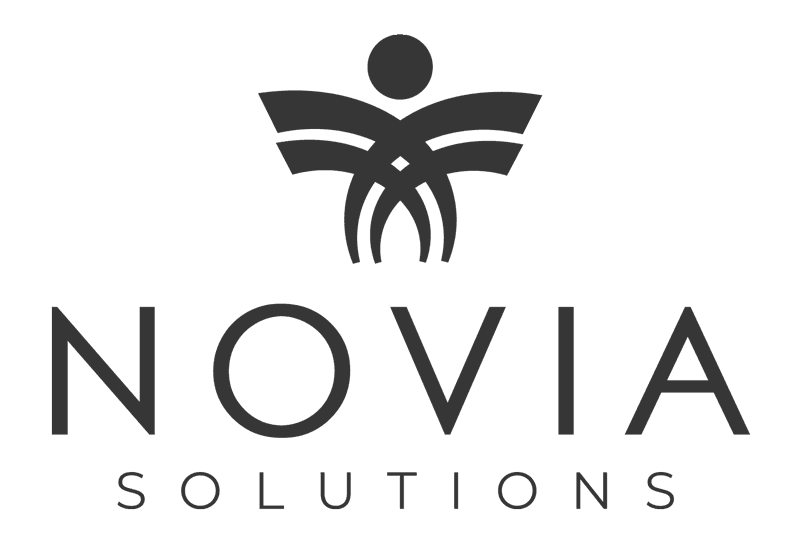Envision this, you have a passion for healthcare and dedicate your career to developing clinical expertise and leadership skills needed to excel in leading within your specialty (which, if you’re reading this, is probably pretty to imagine). Now, imagine of the above, but the year is 2020. You and your team have been faced with a global pandemic resulting in government regulations which change by the day, budgetary constraints which are further exasperated by staffing shortages and surpluses due to unpredictable censuses, and a team concerned with not only their well being but also how their work as a healthcare provider could negatively impact the health of those closest to them.
Given all of these components, it can be a lot to digest for even the most seasoned leaders. Yes, most of us did not get to where we are today without having previously held leadership positions during times of crisis. However, none of us could have been prepared for the dramatic impact of this novel virus. So, in the world of post-COVID healthcare where the situation evolves daily (sometimes hourly), what is it that makes a good, capable leader?
According to the Harvard Business Review, when asked what makes a good leader, during times of crisis, most managers can identify two of the critical factors: direction and hope. However, social scientists suggest that a leader’s ability to cultivate direction and hope are actually, two traits of a leadership style known as “holding leadership”. Holding leadership is a tried and true approach to crises leadership. It is characterized by a leaders’ ability to contain and interpret in times of crisis. In other words, “containing speaks to a leaders’ ability to soothe distress and interpreting (is) the ability to help others make sense of a confusing predicament (Petriglieri)”.
- Interpreting the situation by taking an open, holistic approach to problem solving.
- Containing the situation by engaging with staff authentically and consciously (rather than resisting any emotional responses they may have) (Lipscomb).
How does this translate to my role as a healthcare leader?
Here are my thoughts in the day to day application of Holding Leadership for healthcare leaders in order to establish yourself as a trusted ally early on.
- Visibility and Communication
- Manage your emotions.Prioritize rounding when you are able to not be overly serious and are able to meet the needs of your staff.
- Alert staff that you will be rounding. This can be done by sending an email to every staff member on the making them aware of when you on rounding and encouraging them to connect with you.
- Round regularly. Managers and directors should be making rounds daily at the very least and 2-3 times weekly if in the C-suite.
- Make yourself visible.Budget enough time to speak with 4-6-8 people while making rounds.
- Create opportunities to connect with your team members.This can be done by lingering on the unit if needed in order to create the opportunity for staff members to seek you out.
- Focus on reassuring and uniting your team.Identify any anxious staff on a unit and approach them first as the exchange is generally more impactful when leaders approach staff members first rather than waiting for staff members to come to them as tensions can rise during this time.
- Remain cool, calm, and collected. This is especially true when engaging with staff exhibiting signs of anxiety or fear. The more anxious they may become, the calmer your reaction should be.
- Tips: remind yourself to not fold your arms, don’t put your hands in your pockets and let them know in this ever-evolving situation, the team will get through this together.
- Address your staffs’ questions and fears.
- Do not avoid questions you do not have the answers to. Trust that it is okay to say, “I don’t know. We don’t know. But as soon as we do, I will come back to you with an answer”. Reassure your team members that you will let them know a couple days or week later when you have more information.
- For example, for questions such as:
- “How many Covid-19 patients should we expect in our dept?”
- A transparent response might be: “I don’t know exactly what we should expect for COVID-19 cases into your department (ICU, ED, etc.) but what we are seeing is that with the ‘shelter in place’ we are expecting to see a manageable level of patients. We have done our calculations for the best-case scenario to determine the number of key equipment such as ventilators that we may need as well as PPPs and we have done a calculation should people not shelter in place or a worst-case scenario”.
- “What if I take this home to my family?”
- Your staff will likely know you cannot have an exact answer for that question however, it is important to let them know that you aware of the gravity of the situation and promise to do everything within your power to ensure the safety and well being of your team. A response might be, “I know this is a frightening time for all of us and I don’t have an answer for your question. I wrestle with this myself. I remind myself that we are doing amazing work for our community – they really need us right now and you are one of those phenomenal people caring for them.”
- You may also want to provide your team with tips on and best practices for keeping their families safe. They really likely want you to listen much more than provide answers.
While there is no handbook on ‘Effective Leadership Through COVID-19”, ‘holding leadership’ has proven itself to be a tried and true approach to effectively leading through times of crisis. By focusing on containing and interpreting the current COVID-19 situation to your teams, leaders at every level should be able to guide their teams forward through this pandemic by taking a holistic, genuine approach when weathering the unknown.
Sources:
- Gianpiero Petriglieri, The Psychology Behind Effective Crisis Leadership, Harvard Business Review, April 22, 2020
- Barry Lipscomb.Holding Space as an Essential Leadership Capacity, Enlivening Edge, December 11, 2016


